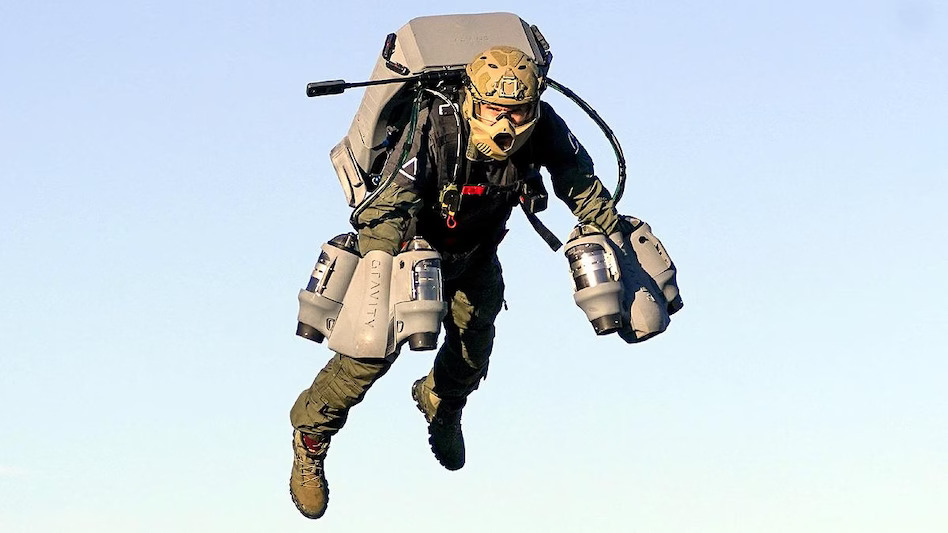SOURCE: IDRW.ORG TEAM

The Indian Army’s ambitions of donning futuristic jet pack suits, allowing soldiers to soar short distances and heights, have been momentarily grounded as the procurement plans for 48 of these advanced gear have been put on hold. This surprising development comes after the Army issued a Request for Information (RFI) earlier this year, seeking cutting-edge jet pack suits to empower soldiers during special situations such as natural calamities, counter-insurgency operations, and high altitudes.
The concept of jet pack suits has long been a staple of science fiction, capturing imaginations with the promise of human flight. These wearable devices, resembling backpacks, are designed to carry individuals weighing up to 80 kg and can achieve speeds of up to 50 km per hour. The suits, if successfully deployed, could have significant implications for disaster response, quick reconnaissance, and counter-insurgency missions.
The Indian Army’s decision to temporarily shelve the procurement plans has raised eyebrows, especially considering the anticipation that surrounded this leap in military technology. While the Army has not divulged explicit reasons for the hold, it is widely speculated that undisclosed technical concerns might be at the heart of this decision. Developing and integrating such cutting-edge equipment into the existing operational framework is a complex task, and it is not uncommon for such ambitious projects to encounter unforeseen challenges.
The RFI had attracted interest from both domestic and international players. A Bengaluru-based company and the British firm ‘Gravity Industries’ had been shortlisted for consideration, underscoring the global attention that this endeavor had garnered.
The proposed utilization scenarios for these jet pack suits were diverse and compelling. From aiding in disaster relief efforts to enhancing surveillance along the challenging Line of Actual Control (LAC) with China, these suits promised to be a game-changer for the Indian Army’s operational capabilities. Their potential to provide rapid response and access to otherwise inaccessible areas was a tantalizing prospect for military planners.
NOTE : Article cannot be reproduced without written permission of idrw.org in any form even for YouTube Videos to avoid Copy right strikes